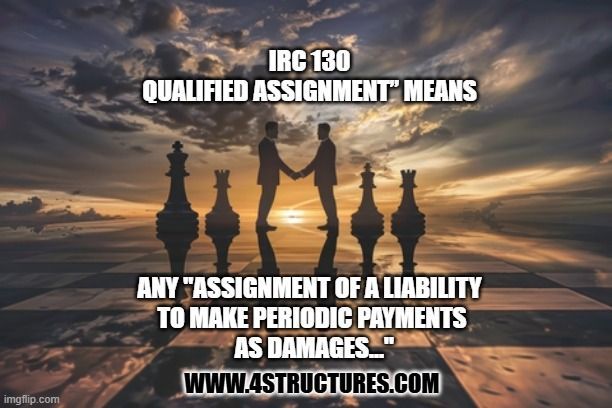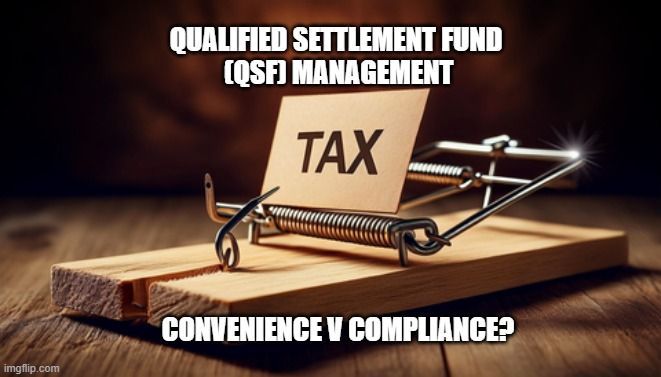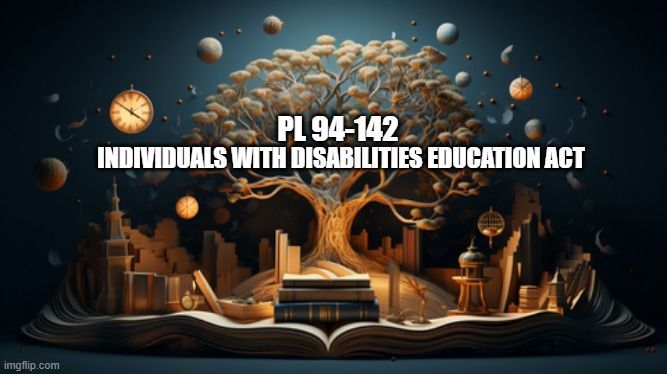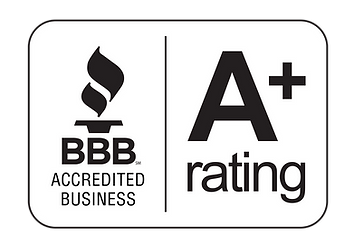What is the Kiddie Tax?

What is the Kiddie Tax and what is its purpose?
The Kiddie Tax originated under the Tax Reform Act of 1986 P.L. 99-514, §1411, at a time when It was not uncommon for parent to transfer large sums of money or stock to their children with the goal of saving on taxes if the children were in lower tax brackets than their parents. The kiddie tax is an unearned income tax for individuals 18 years of age or under—or dependent full-time students under age 24, as of year end.
What is the Kiddie Tax in 2023?
In 2023, the first $1,250 of a child’s investment gains are tax-free and the next $1,250 are taxed at the child’s rate. Any investment gains above $2,500 in 2023 are taxed at the parents’ rate.
Ways to Avoid the Kiddie Tax
1. 529 college savings plans What is a 529 plan?
A 529 plan is a tax-advantaged savings plan designed to encourage saving for future education costs. 529 plans, legally known as “qualified tuition plans,” are sponsored by states, state agencies, or educational institutions and are authorized by Section 529 of the Internal Revenue Code. There are two types of 529 plans: prepaid tuition plans and education savings plans. All fifty states and the District of Columbia sponsor at least one type of 529 plan. In addition, a group of private colleges and universities sponsor a prepaid tuition plan. Source: SEC
2. Coverdell education savings accounts
A Coverdell education savings account (Coverdell ESA) is a trust or custodial account set up in the United States solely for paying qualified education expenses for the designated beneficiary of the account. This benefit applies not only to qualified higher education expenses, but also to qualified elementary and secondary education expenses. There are certain requirements to set up a Coverdell ESA:
- When the account is established, the designated beneficiary must be under the age of 18 or be a special needs beneficiary.
- The account must be designated as a Coverdell ESA when it is created.
- The document creating and governing the account must be in writing, and it must meet certain requirements. Source : IRS Tax Topics 310















